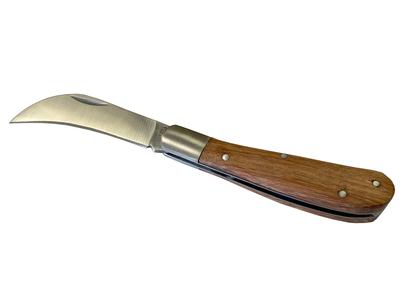
The garden in November
 November is technically an autumn month, and yet it can feel decidedly wintry. Days are generally more miserable, there’s that slippery downhill slope to the shortest day, and the optimism of seed-sowing has gone.
November is technically an autumn month, and yet it can feel decidedly wintry. Days are generally more miserable, there’s that slippery downhill slope to the shortest day, and the optimism of seed-sowing has gone.
Yet, as ever, we’re here with some more top jobs to keep you going as winter approaches. We’re starting off with an eye-catching shrub that’ll light up the duller days.
Plant of the month: Cornus alba ‘Sibirica’
This dogwood blazes like a beacon. It’s excellent planted in threes or more. As its leaves fall, its strong red stems are revealed. It bears small cream flowers in May and June, followed by berries, but its glory really is in its bark. Couple it with its lime-green cousin C. sericea ‘Flaviramea’ for a sweet-and-sour display. Be warned: their barks dull to brown if not reduced to 5-7cm each March.
The flower garden
- Either bring your vulnerable pots indoors to protect from frosts, or wrap in an insulating layer of fleece, hessian or bubblewrap. These will also protect roots from freezing too
- You can start cutting back bamboos and deciduous grasses with bypass secateurs now if desired, or leave for interest
- It’s your last opportunity to plant winter bedding, but your first chance to bury tulip bulbs – a sharp trowel is best here. Make sure they’re in well-drained ground, otherwise plant in containers for success
The edible garden
- Purchase and plant out new fruit bushes and trees before the ground freezes or becomes too sodden. A sturdy spade helps immensely!
- Prune a variety of fruit bushes and trees: apples, pears, gooseberries and red- and whitecurrants
- Stake top-heavy Brussels sprouts and kale stalks to prevent wind damage
- Ensure your outdoor crops like brassicas and sowings such as broad beans are well-protected against hungry wildlife
- Check stored fruit and veg isn’t rotting. “One bad apple”, as they say!
- Request seed catalogues nice and early to order the varieties you really want
Project of the month: Staking new trees
November is a great time to plant out new trees. Cheaper bare root specimens are available again, and the ground still has some warmth. This does raise the question of whether we should stake our trees or not, however.
It isn’t always good practice to stake. If done badly, it can seriously damage the tree, sometimes leading to outright death. Research has also demonstrated that leaving a smaller tree to face the winds alone leads to slower but sturdier growth, less prone to snapping in gales or being uprooted in storms.
So when should you stake? Here are a few situations in which it’s useful:
- If planting bare root trees
- Where a tree is topheavy
- When planting into waterlogged or loose ground
- In windy gardens
Should staking be necessary, there are several approaches you can follow. A quick search through books, magazines or online can reveal a range of how-to’s.


